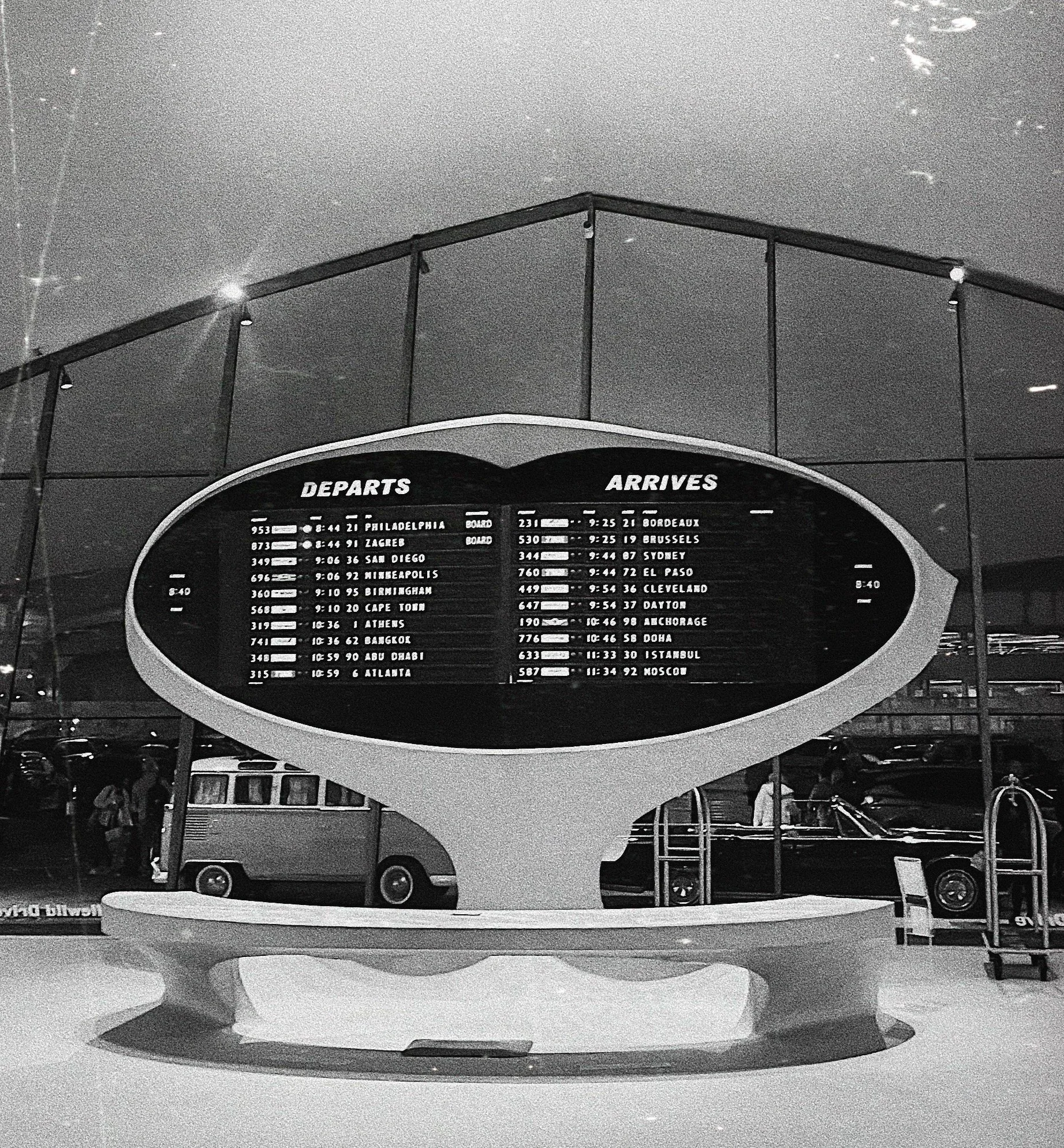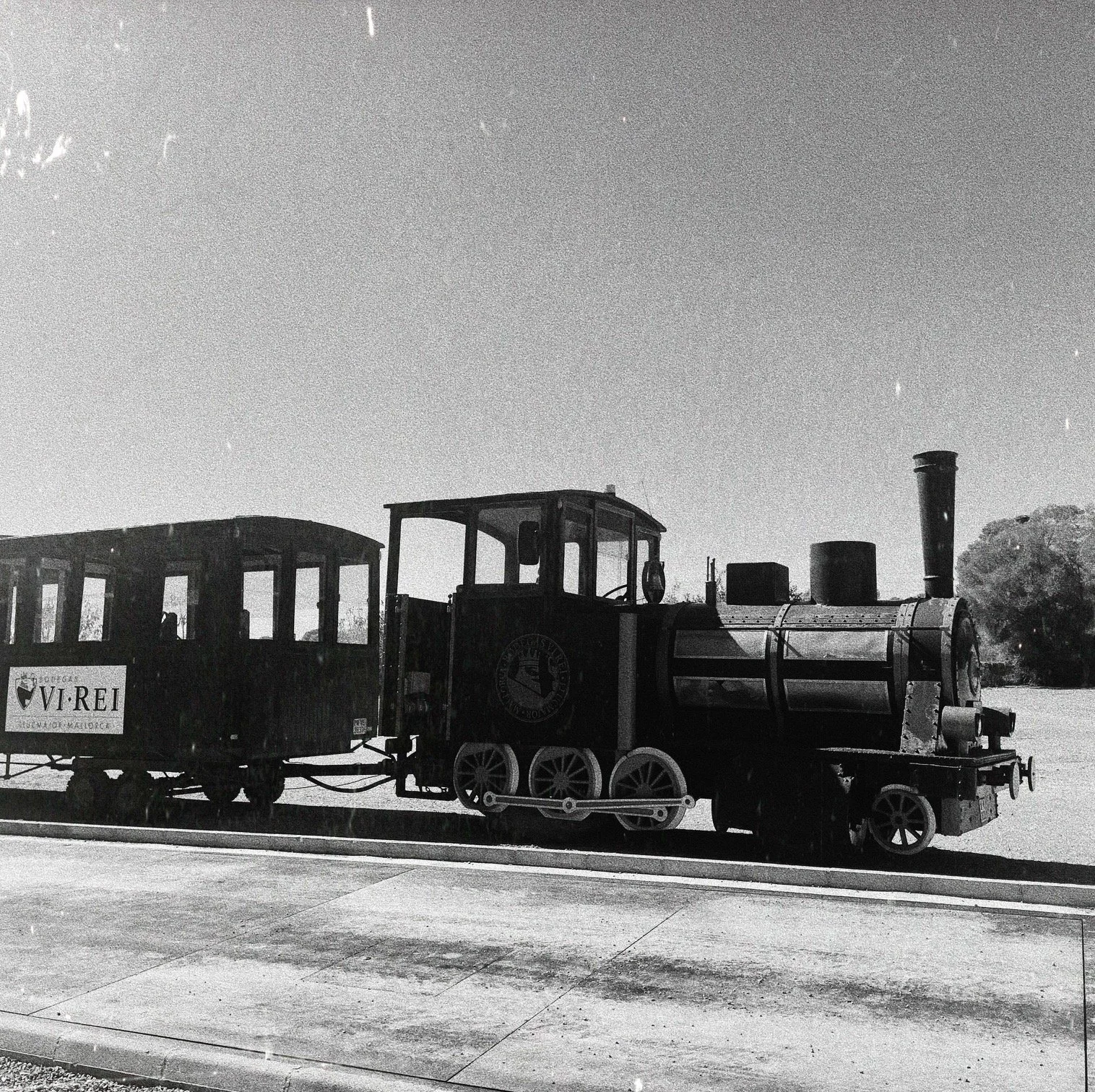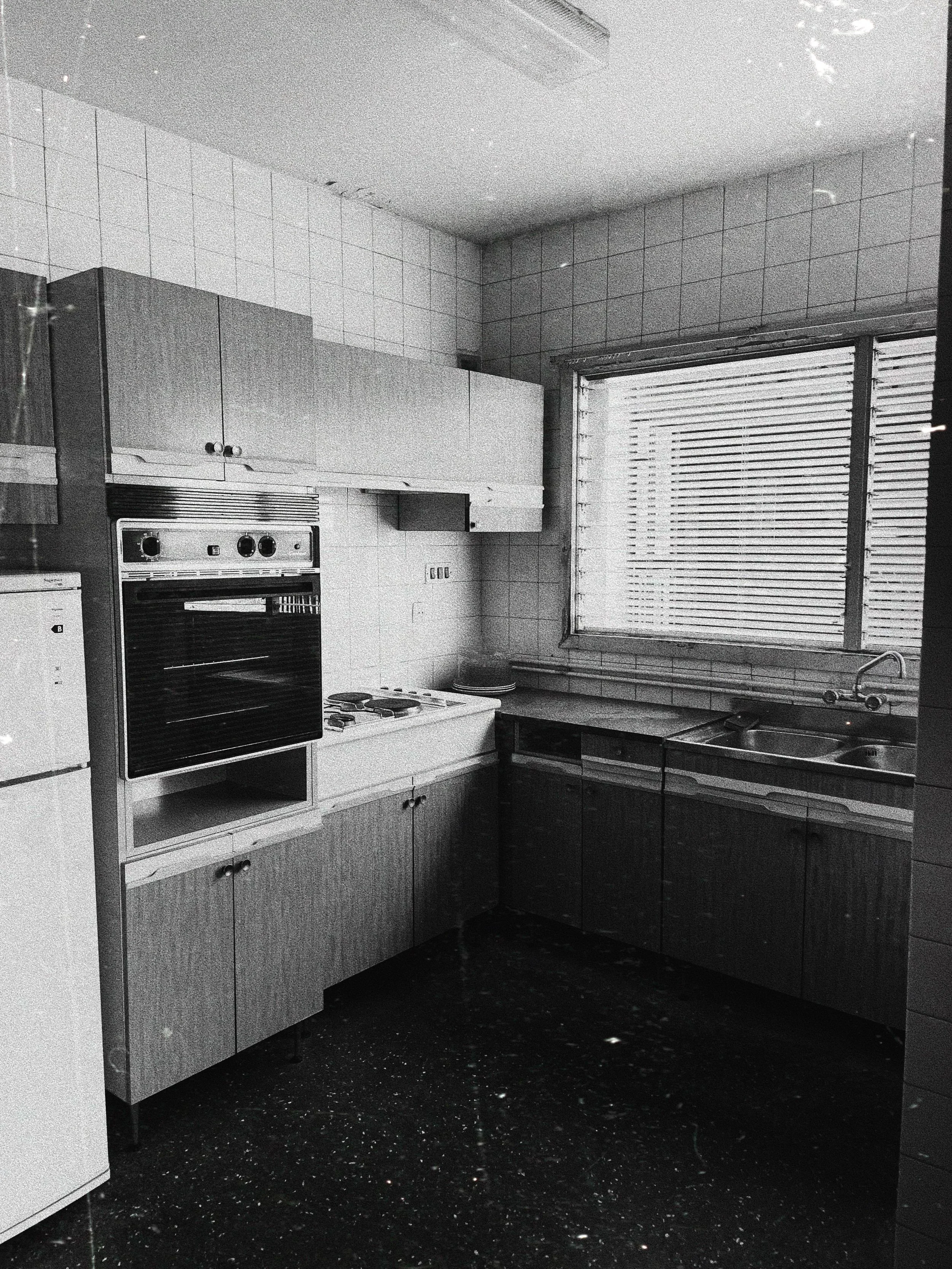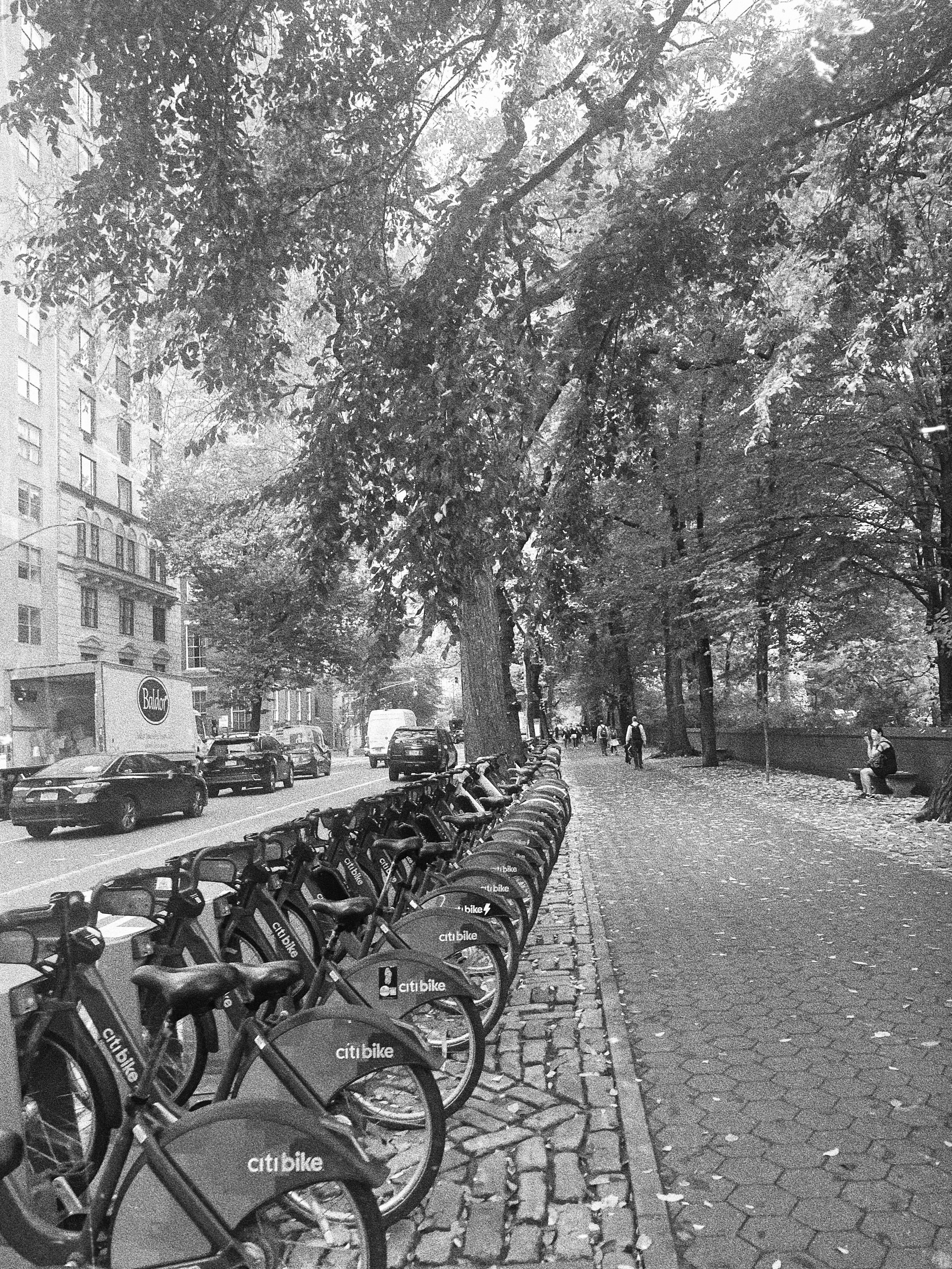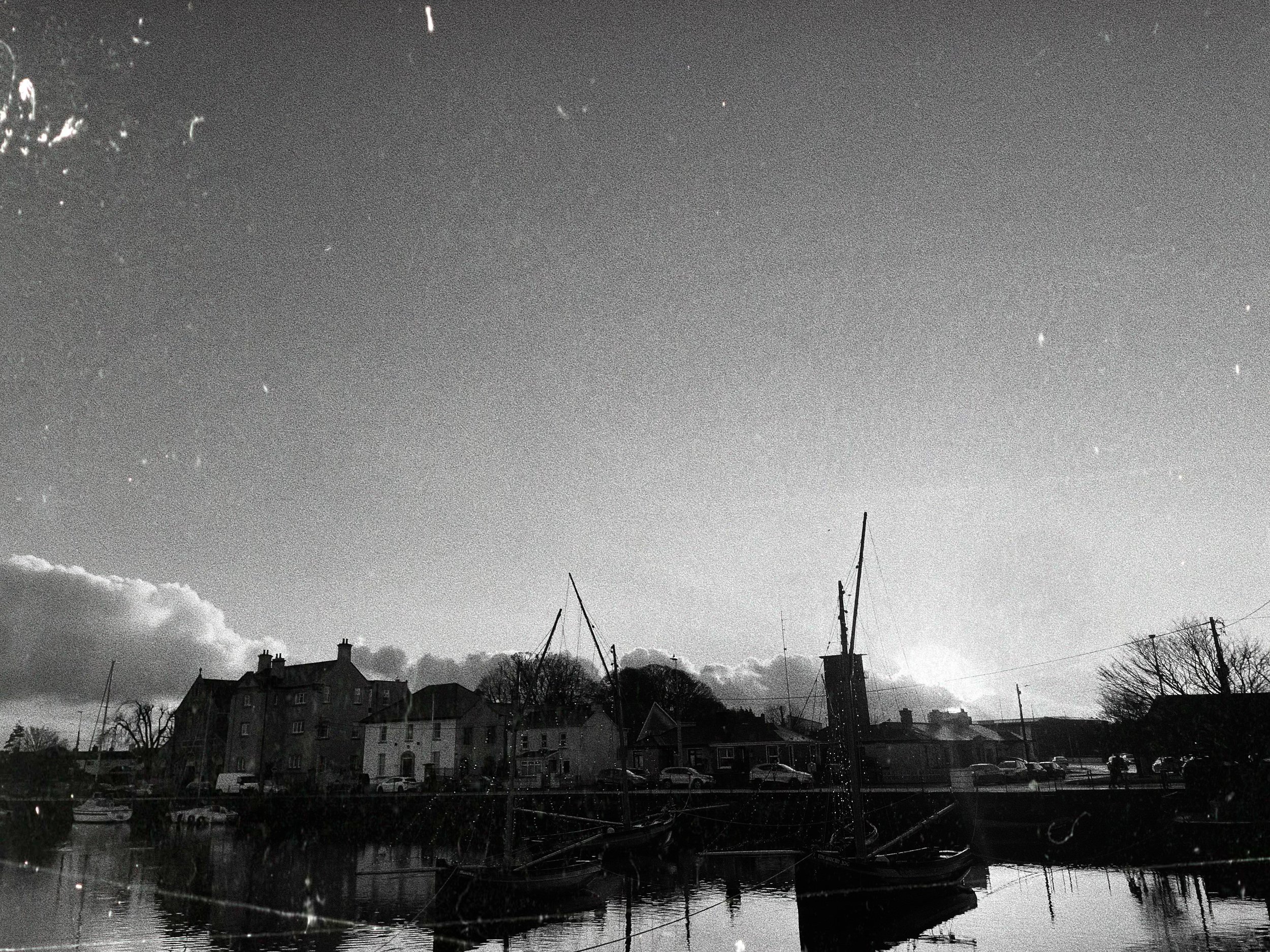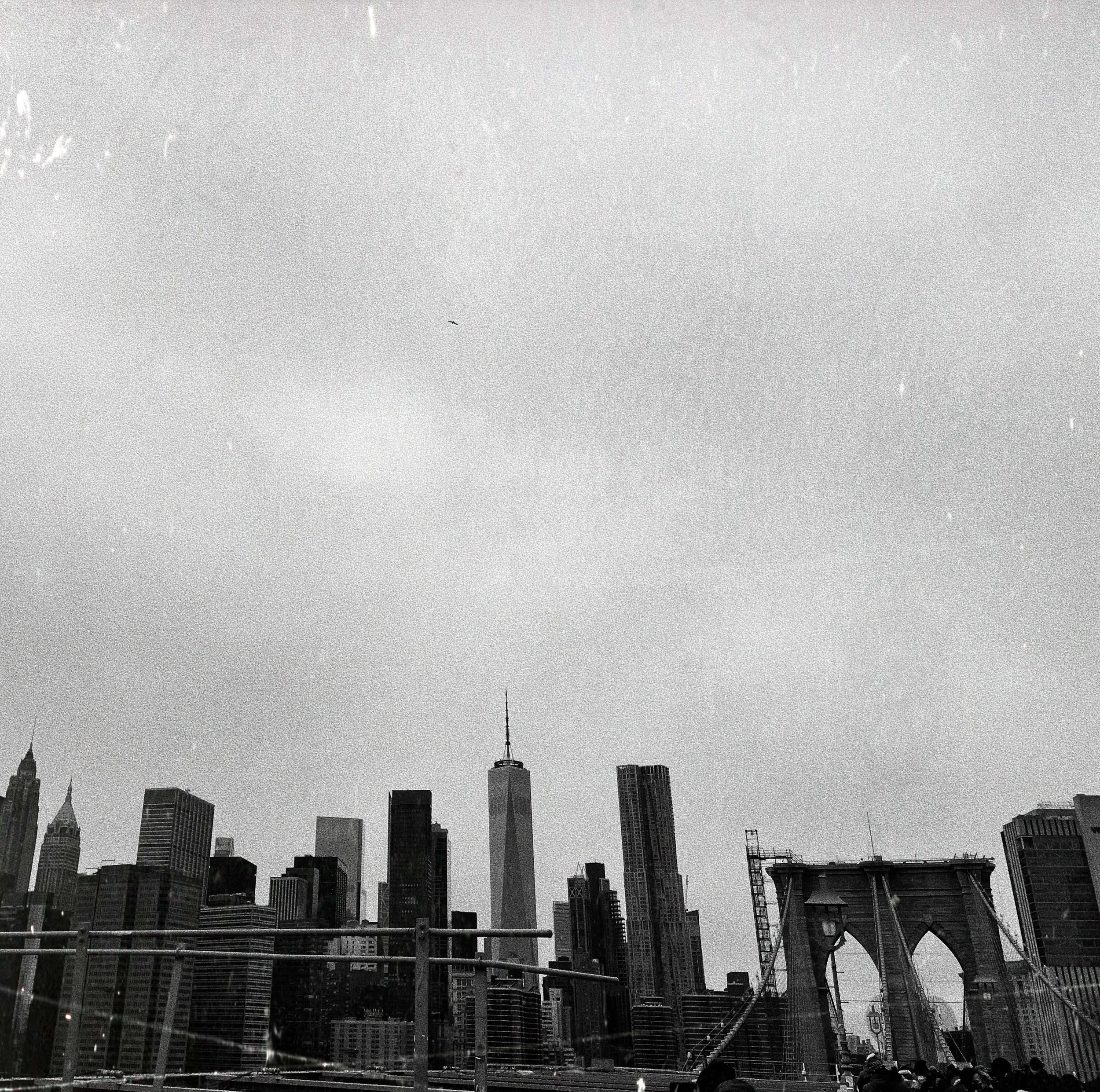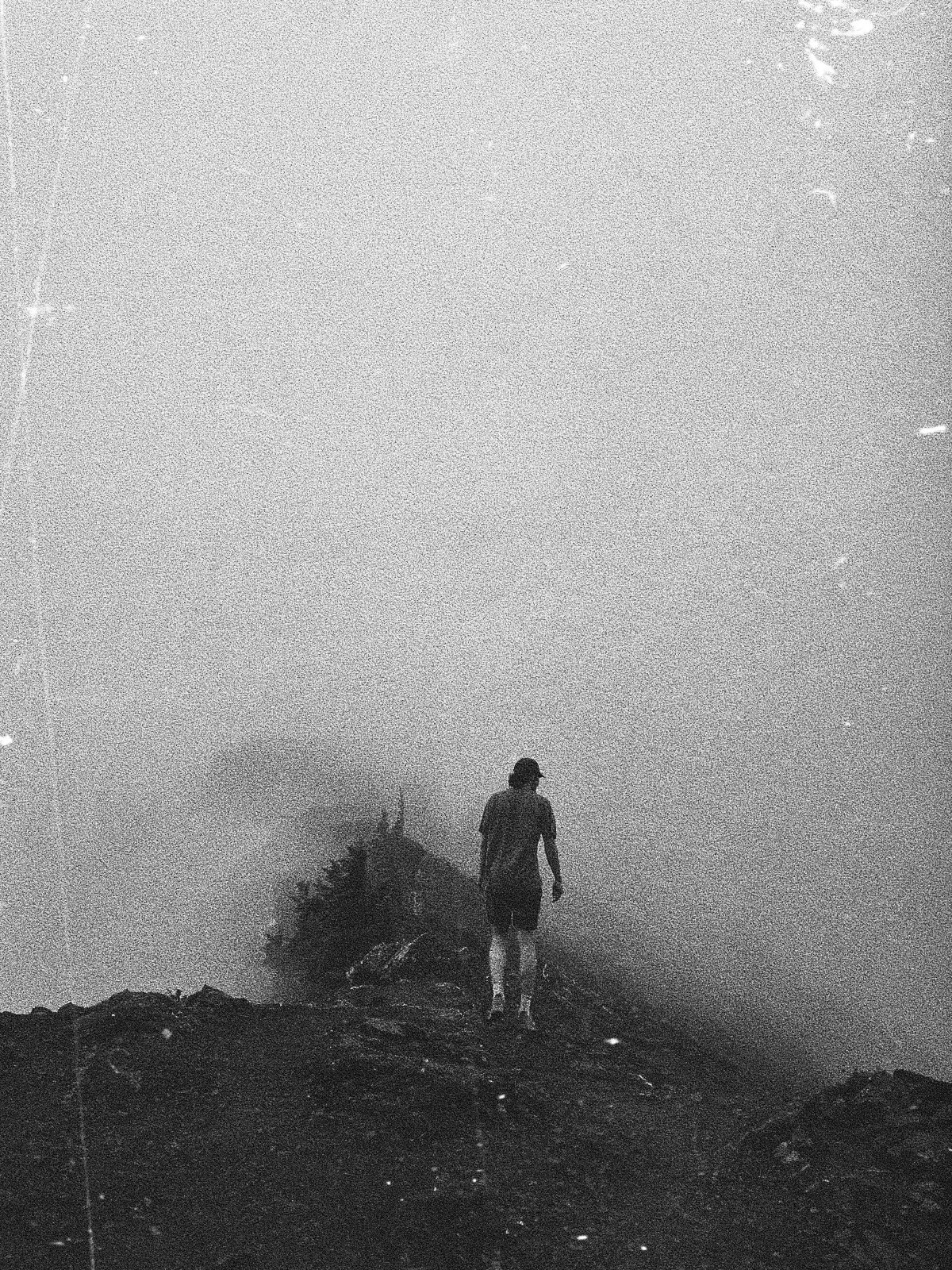


I like to memorize kitchens. Sometimes I think about them as I fall asleep. I familiarize myself with new ones at a neurotically swift pace and add them to the vault. There is my childhood best friend's kitchen where I would make waffles at 5am, my grandmother’s kitchen where she and I would sit impatiently over a pot of water, my own kitchenette in my apartment that I never use because my father cooks every meal for me still. There is something about knowing which drawer has the forks and which cabinet has the snacks, that makes me feel comforted, like I am in a version of home.
The only kitchen that I torture myself trying to recall, to go through the movements of, is my childhood one. It is perhaps my most familiar kitchen of all, yet I can only picture a vague outline of rectangular pieces of wood and marble. We moved out after my mother died, and it is as though the details of this kitchen disappeared into a dimly lit background and all I can see is her silhouette moving about. She has short hair and smooth skin, but her features are blurred. Everything about her lacks color. I search hopelessly for some sort of expression or clue that will make her recognizable. She is just a figure, going through bills on the counter, gesturing her extensive limbs about as her hands shuffle through the pile. She has a hammerhead tattoo on her wrist, but is it on her right hand or left hand? What shape are her nails as they slice into those envelopes? They must be long and pointy, but I don’t think they were ever painted. The figure begins rapidly opening drawers and pulling out tools, yet which tools lay in which drawers? I try to remember what kind of knobs are on the drawers and how many drawers in is the baking drawer? Is it the second drawer on the left side or the third? It haunts me that I wouldn't know how to make a cake with ease in my childhood kitchen. I wouldn’t even know where to find the mixing bowl.
Keep reading “Excerpt from Three Figures” above







